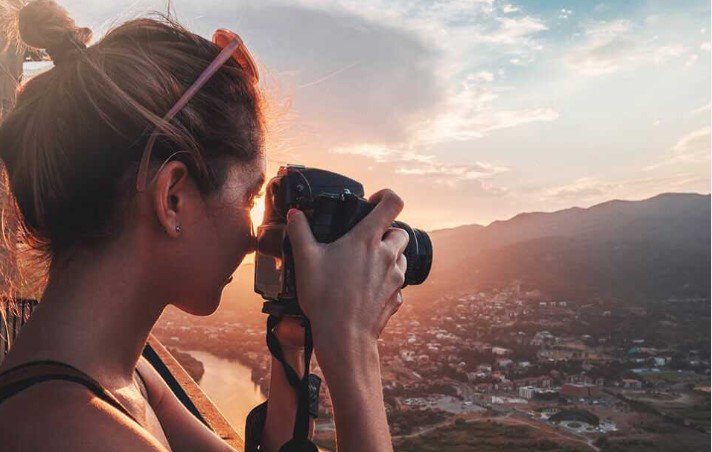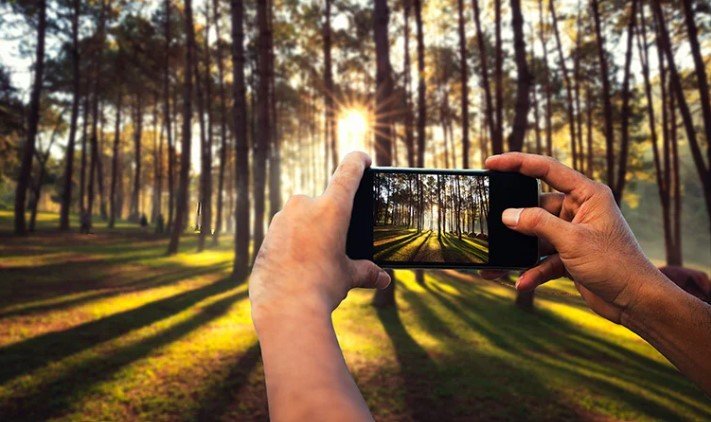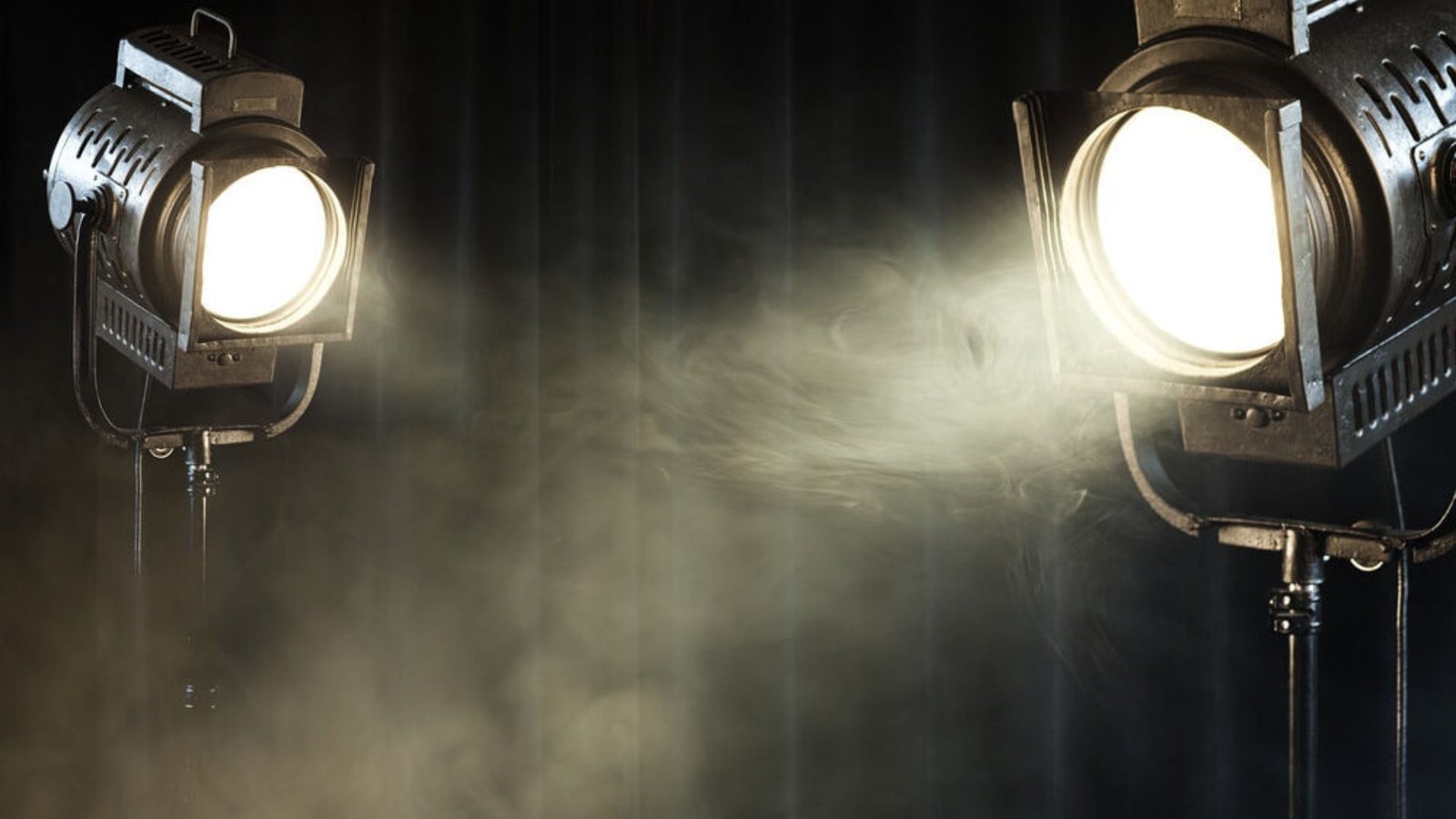Lighting is arguably the most important element in professional photography. It shapes the way a subject is perceived, sets the mood, and enhances the overall quality of an image. Whether you’re shooting portraits, landscapes, or products, understanding how to control light can make the difference between an average photo and a stunning one. This guide explores the different aspects of lighting and how you can use it to elevate your photography.

Understanding the Basics of Lighting
At its core, photography is about capturing light. The way light interacts with your subject defines the mood, texture, and depth of your photos. There are two main types of light you’ll use in photography: natural light and artificial light. Natural light comes from the sun, while artificial light is created using equipment like flashes, strobes, or continuous lights.
Both types of light have their advantages and drawbacks. Natural light is free, soft, and available outdoors, but it can be unpredictable. Artificial light, on the other hand, offers full control over intensity, direction, and quality, but it requires additional gear and setup. Regardless of the type of lighting, understanding how to manipulate light effectively is key to mastering photography.
The Importance of Direction and Angle of Light
The direction and angle at which light hits your subject have a huge impact on the final image. Light can be positioned from different angles to create a variety of effects, from dramatic shadows to soft, even illumination.
For example, front lighting illuminates the subject directly, creating a flat, even look that works well for portraits and product shots. On the other hand, side lighting casts longer shadows, which adds depth and texture to the image, making it great for artistic or dramatic shots. Backlighting can create a silhouette effect or a glowing edge around the subject, ideal for capturing ethereal or moody images.
Experimenting with the angle and direction of light can help you learn how to shape the subject in a way that enhances its features. By understanding the effects of different lighting angles, you can evoke a variety of emotions and aesthetics in your photographs.
Soft Light vs. Hard Light: What’s the Difference?
One of the most important concepts in lighting is the difference between soft light and hard light. Both types are used for different effects, and understanding them will allow you to make informed decisions about how to light your subject.
- Soft light is diffused, even, and produces minimal shadows. It wraps around your subject, creating a gentle, flattering effect. Soft light is ideal for portraits, as it reduces the appearance of harsh wrinkles, blemishes, and other imperfections. Natural light on an overcast day, or light bounced off a reflector, typically creates soft lighting.
- Hard light, on the other hand, creates sharp, distinct shadows and emphasizes texture and detail. It’s often used for more dramatic and high-contrast imagery. Flash photography, direct sunlight, and lighting from a small light source often result in hard light.
Knowing when to use soft or hard light can dramatically change the tone and impact of your photos. Soft light tends to be more flattering and subtle, while hard light is more intense and striking.
Using Lighting for Depth and Dimension
Lighting is important in photography, it plays a key role in adding depth and dimension to a photograph. Without proper lighting, your subject can appear flat and lifeless. To create depth, you can use highlight and shadow contrast, which adds a three-dimensional quality to your photos.
By lighting the subject from one side and allowing shadows to fall on the opposite side, you can create a sense of depth. Rembrandt lighting, for example, is a classic portrait lighting technique that creates a triangle of light on the subject’s cheek, adding a beautiful sense of dimension. This technique, combined with the right positioning of your light source, can bring a subject to life and make your image feel more dynamic.
Lighting ratios are another tool that photographers use to control contrast and depth. A ratio is the difference between the light on the highlight side of the subject and the shadow side. By adjusting this ratio, you can emphasize the contours of your subject, giving your photo a more sculpted and visually interesting feel.
Artificial Lighting Equipment for Professional Photography
While natural light is excellent, professional photographers often rely on artificial lighting to have more control over their shots. There are several types of artificial lighting equipment that photographers use to shape light and achieve their desired look.
- Softboxes and umbrellas are popular modifiers used to diffuse light, turning hard light into soft light. These modifiers help spread the light evenly across your subject, reducing harsh shadows and creating a more flattering look.
- Strobe lights are powerful lights used in studio photography. They provide bright, instant light and are often used for fashion, portrait, and product photography. Strobes can be used with softboxes, umbrellas, or other modifiers to create the perfect light for your subject.
- Continuous lighting is another option, and it’s often used in video or portrait sessions. These lights provide constant illumination, making it easier to see how the light is shaping your subject in real-time.
Using the right combination of lighting equipment allows photographers to exercise full control over their photos, from light intensity to shadow details, enabling them to create stunning, professional-quality images.
Conclusion: Mastering the Art of Lighting
Lighting is the cornerstone of professional photography. By understanding how light works, experimenting with its direction and intensity, and learning how to control it, you can transform your photography. Whether you’re working with natural light, artificial lighting, or a combination of both, the key is to practice and develop your skills. With time, you’ll learn how to manipulate light to enhance your subject, set the right mood, and create visually compelling images.





